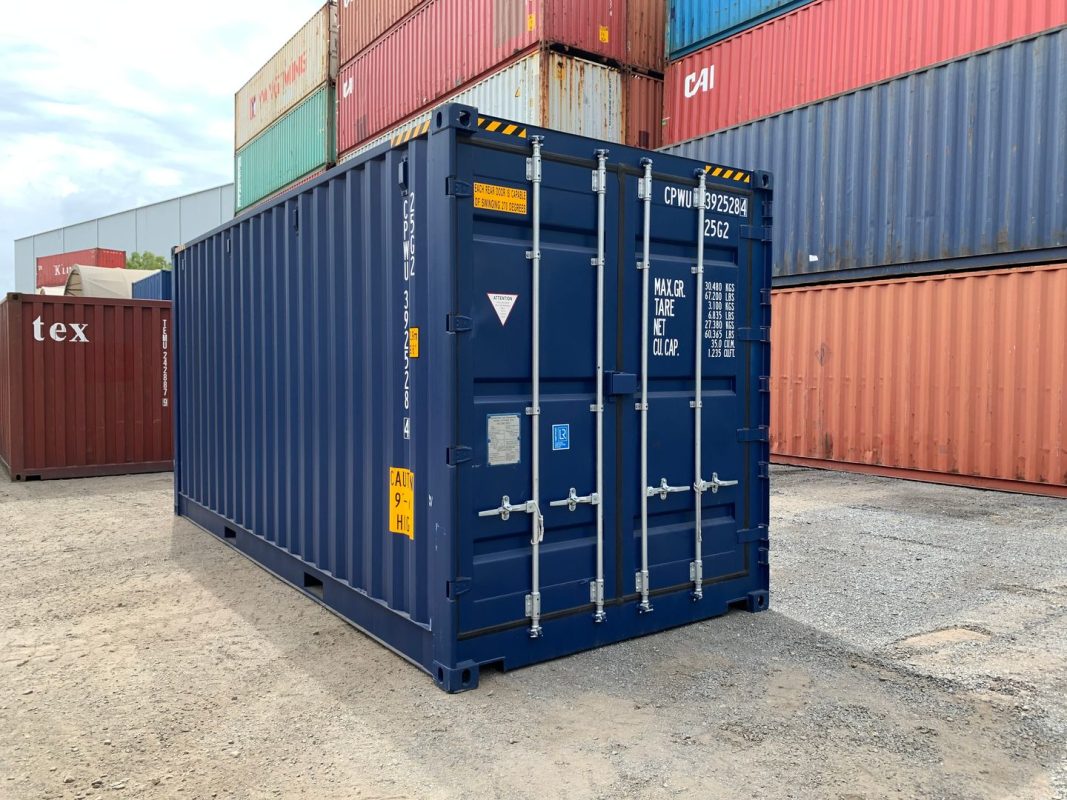Repurposing Shipping Containers for Community Projects: Success Stories

In recent years, the innovative use of shipping containers has gained traction as a sustainable and versatile solution for various community projects. These durable, modular structures, originally designed for transporting goods across the globe, have found new life in addressing a range of social, educational, and environmental needs. Here, we explore some inspiring success stories where shipping containers have been repurposed to create meaningful impact within communities.
1. The Container Community Kitchen in London
In London, the Container Community Kitchen is a prime example of how shipping containers can be transformed into crucial community resources. Faced with increasing food insecurity, a local charity turned to shipping containers to create a pop-up kitchen that serves meals to those in need. The containers were converted into a fully equipped kitchen, complete with cooking facilities, storage, and a dining area. The modular nature of the containers allowed for a quick setup and flexibility to move the kitchen to different locations, ensuring that it could reach various neighborhoods and adapt to the changing needs of the community.
This initiative not only provided essential meals but also offered cooking classes and nutrition workshops, empowering individuals with skills and knowledge to improve their food security. The success of this project has inspired similar community kitchens in other cities, showcasing how shipping containers can address urgent social issues effectively.
2. The School in a Container Project in Kenya
In Kenya, the “School in a Container” project has been making waves by addressing the challenge of inadequate classroom space in underserved areas. The project involved repurposing shipping containers into classrooms for schools in rural regions. These containers were retrofitted with insulation, ventilation, and furniture to create functional and comfortable learning environments.
The use of shipping containers allowed for rapid deployment of classrooms, which was crucial in areas where traditional construction would have taken much longer. The project has not only provided much-needed classroom space but also served as a model for how innovative, sustainable solutions can be applied to educational infrastructure. The success of this initiative has led to the expansion of container-based classrooms in other regions, improving access to education for thousands of children.
3. The Health Clinic in a Container in Nepal
Following the devastating earthquake in Nepal, there was a pressing need for medical facilities to address the health crisis. In response, a health organization repurposed shipping containers to create mobile health clinics. These clinics were equipped with medical supplies, examination rooms, and waiting areas, providing essential healthcare services to affected communities.
The use of shipping containers allowed for the rapid deployment of healthcare facilities to remote and hard-to-reach areas. The containers were durable enough to withstand aftershocks and environmental conditions, making them a reliable solution in the aftermath of the disaster. The success of this project demonstrated the potential of shipping containers to deliver critical services in emergency situations and has influenced other disaster relief efforts worldwide.
4. The Art Gallery in a Container in Los Angeles
In Los Angeles, the use of shipping containers has extended into the realm of arts and culture. The “Container Art Gallery” project transformed shipping containers into a contemporary art space, showcasing works from local artists and providing a unique venue for exhibitions and events. The gallery’s modular design allowed it to be set up in various locations around the city, making art more accessible to diverse communities.
This project not only provided a platform for artists to display their work but also created a vibrant cultural space that fostered community engagement and creativity. The success of the Container Art Gallery has demonstrated how shipping containers can be adapted for artistic purposes, contributing to the cultural landscape of urban areas.
5. The Urban Farm in a Container in New York City
In New York City, the “Urban Farm in a Container” project has been a game-changer for urban agriculture. Shipping containers were repurposed into high-tech, hydroponic farms that produce fresh vegetables and herbs in the heart of the city. These farms utilize advanced growing systems that allow for efficient food production in a compact space, addressing the challenge of limited urban land.
The urban farm has not only provided fresh produce to local communities but also served as an educational tool for teaching urban residents about sustainable farming practices. The success of this project has inspired other cities to explore container-based urban agriculture solutions, highlighting the potential of shipping containers to contribute to food security and sustainability.
Conclusion
These success stories illustrate the remarkable potential of repurposing shipping containers for community projects. From addressing food insecurity and educational needs to providing emergency healthcare and fostering cultural engagement, shipping containers have proven to be a versatile and impactful solution. As communities continue to face various challenges, the innovative use of shipping containers offers a promising avenue for creating sustainable and meaningful change.

